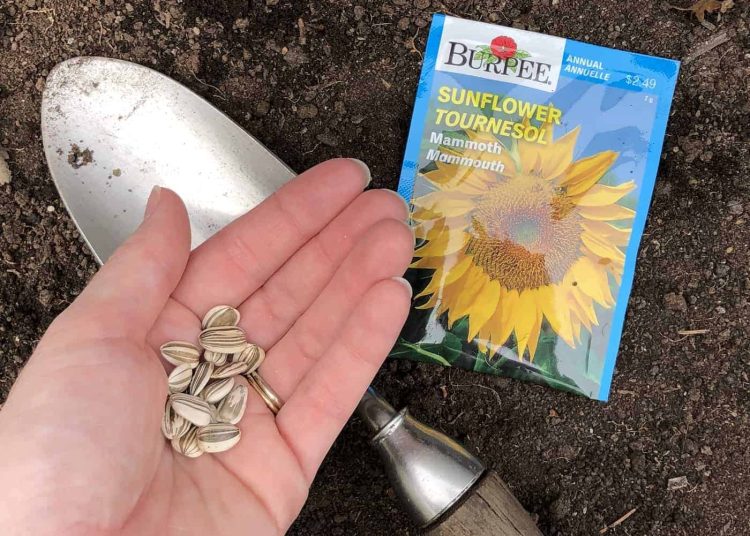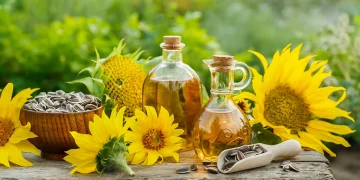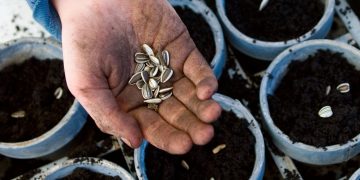Sunflowers are among the easiest and most rewarding flowers to grow. With their towering stalks and bright yellow blooms, they can add cheer to any garden while also attracting pollinators like bees and butterflies. Whether you want to grow them for their beauty, seeds, or as a natural privacy screen, planting sunflower seeds is simple if you follow the right steps.
How to plant sunflower seeds
1. Choose the Right Sunflower Variety
Sunflowers come in many shapes and sizes—from dwarf varieties (about 1–3 feet tall) to giant types that can grow over 10 feet. Decide what works best for your space:
- Dwarf sunflowers: Great for small gardens, containers, or borders.
- Tall sunflowers: Perfect for backdrops, hedges, or dramatic displays.
- Edible seed varieties: Ideal if you plan to harvest seeds for snacking.
2. Pick the Best Planting Spot
Sunflowers love full sun, so choose a location that gets at least 6–8 hours of direct sunlight daily. They also prefer well-drained soil.
Soil Preparation:
- Loosen the soil to about 2 feet deep (sunflowers have long roots).
- Mix in compost or organic matter to boost nutrients.
- Avoid waterlogged areas since roots can rot.
3. Planting the Seeds
Timing: Plant after the last frost date in your area, when soil temperatures reach about 55–60°F (13–16°C).
- Spacing: Sow seeds about 1 inch deep. Space them 6 inches apart for smaller varieties and 12–24 inches apart for larger ones.
- Rows: If planting in rows, keep about 2–3 feet between each row.
4. Watering and Early Care
Water deeply right after planting.
- Keep soil moist (but not soggy) until seedlings are established.
- Once sunflowers are growing, water deeply once a week.
Tip: Water at the base of the plant to avoid fungal issues on leaves.
5. Supporting Your Sunflowers
Tall sunflower varieties may need support as they grow:
- Use stakes or garden twine to keep them upright.
- Plant near a fence for natural support if possible.
6. Caring for Growing Sunflowers
Fertilizer: A balanced, slow-release fertilizer or compost tea can help them thrive. Avoid over-fertilizing, as this may cause weak stems.
- Weeding: Keep the base of the plants free from weeds to reduce competition for nutrients.
7. Harvesting Seeds (Optional)
If you want sunflower seeds to eat or replant:
- Allow flower heads to mature and droop.
- Cover them with mesh or a paper bag to protect from birds.
- Cut the head and hang it upside down in a dry, ventilated area until seeds loosen.
















